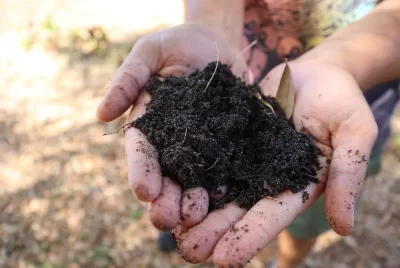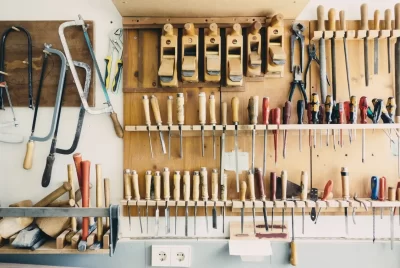Everything You Need to Know About Clamp Tools
Introduction
As someone who’s been tinkering in the world of DIY projects for years, I’ve come to appreciate the value of a good clamp tool. Whether you’re a seasoned craftsman or just getting started with your DIY journey, a clamp tool is an indispensable companion in your toolbox. In this article, I’ll guide you through everything you need to know about this versatile device, from its various types to its proper usage, and even share some handy tips and suggestions along the way.
What Is a Clamp Tool?
Understanding the Basics
A clamp tool, often simply referred to as a “clamp,” is a versatile device used to hold objects firmly together. It consists of two jaws that can be adjusted to grip objects of various sizes and shapes. These jaws are typically operated by turning a handle, which applies pressure to secure the objects in place. Clamps are commonly used in woodworking, metalworking, construction, and various DIY projects.
Why Do You Need a Clamp Tool?
Precision and Stability
One of the primary reasons you need a clamp tool is to ensure precision and stability in your projects. Whether you’re gluing, assembling, or holding pieces together for cutting or drilling, a clamp tool ensures that everything stays in place, allowing you to work with accuracy.
Safety First
Safety should always be a top priority in DIY projects. Using a clamp tool can prevent accidents by securely holding objects, reducing the risk of slips and unexpected movements. This safety measure is especially crucial when working with heavy materials or power tools.
Safety Precautions
Eye Protection

Wearing safety glasses or goggles is essential when working with clamp tools, especially when there’s a risk of flying debris or particles.
Hand Protection

Wear gloves to protect your hands from accidental pinching or sharp edges on the clamp, especially when working with heavy or rough materials.
Secure Workpiece
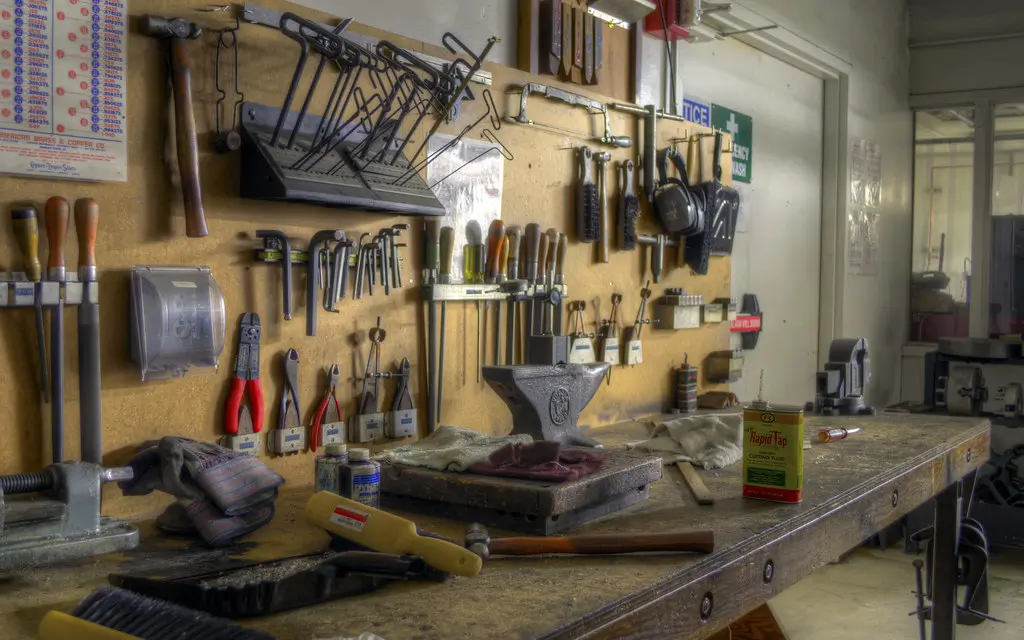
Ensure your workpiece is stable on your workbench to prevent accidents or misalignment when applying clamp pressure.
Different Types of Clamp Tools
Clamp tools come in a variety of types, each designed for specific tasks. The most common types include C-clamps, bench vices, pipe clamps, spring clamps, and quick-grip clamps. Choosing the right type of clamp for your project is crucial for achieving the desired results.
C-Clamps

C-clamps are the workhorses of the clamping world. They have a C-shaped frame with a threaded screw for adjusting the jaws. These clamps are versatile and suitable for a wide range of applications.
Bar Clamps

Bar clamps consist of a long, steel bar with adjustable jaws at one end. They are excellent for clamping larger pieces and providing even pressure across the entire length of the workpiece.
Pipe Clamps
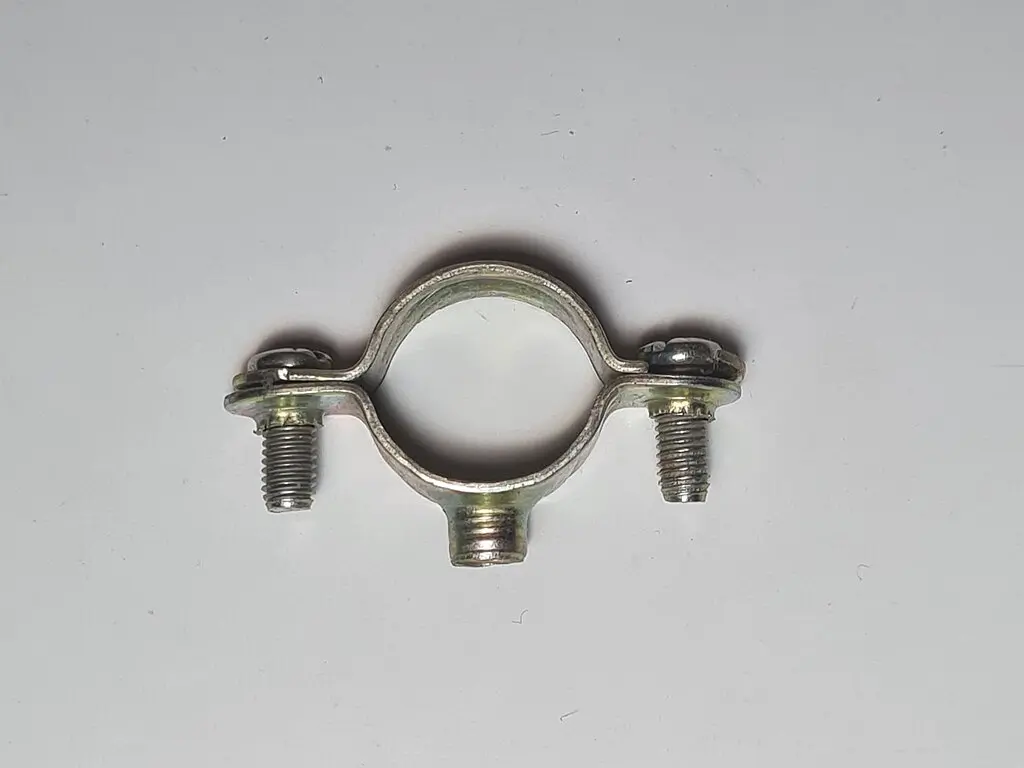
Pipe clamps use a section of pipe as the clamp’s bar. They are ideal for projects that require longer clamping capacities. Pipe clamps are commonly used in woodworking and metalworking.
Spring Clamps

Spring clamps are small, lightweight clamps with a simple spring mechanism. They are convenient for quick, temporary clamping needs, such as holding down a piece of fabric or securing a template.
Quick-Grip Clamps

Quick-grip clamps, also known as one-handed clamps, are designed for easy, one-handed operation. They are perfect for tasks where you need to hold pieces together quickly and with minimal effort.
Bench Vices
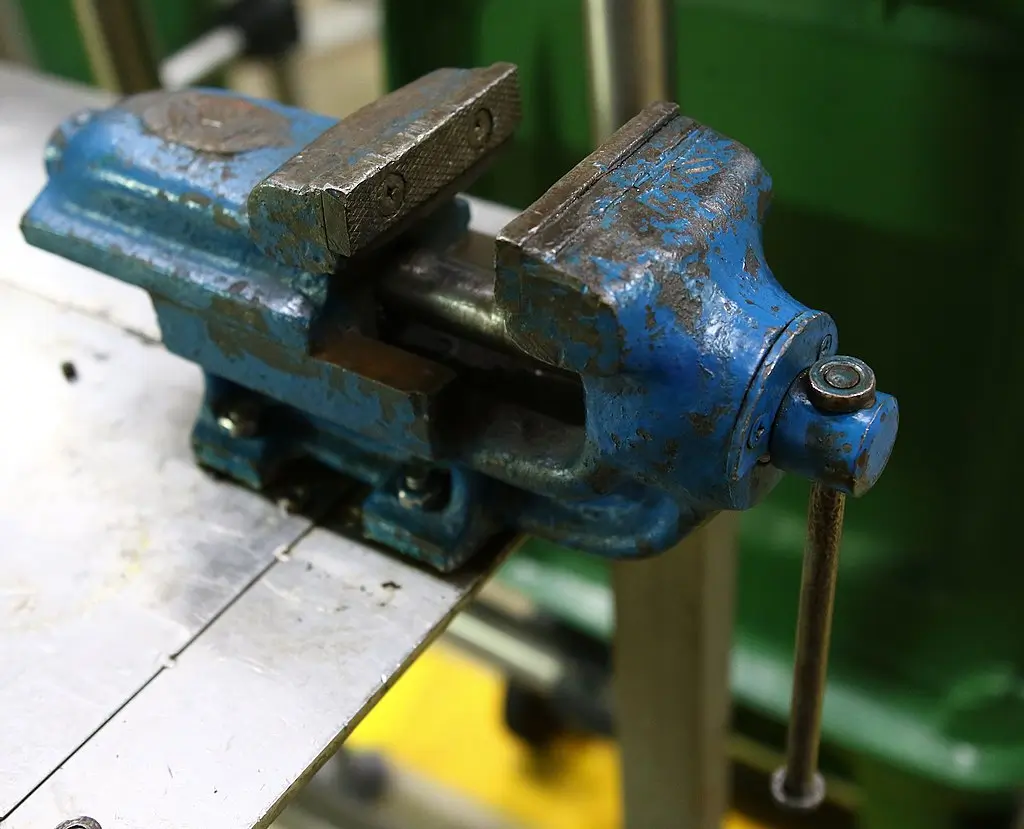
Bench vices, often mounted on workbenches, provide a stable and secure grip for a wide variety of materials. They are particularly useful for tasks that require significant force and stability.
How to Choose the Right Clamp Tool
Project Requirements
Choosing the right clamp tool depends on your specific project requirements. Consider factors such as the size of your workpiece, the level of pressure needed, and the type of material you’re working with. Different clamps excel in different situations.
Quality Matters
Investing in high-quality clamp tools is essential for achieving the best results. Quality clamps are more durable, provide better grip, and last longer. Don’t compromise on quality when selecting your clamp tools.
Proper Clamp Tool Usage
Setting Up Your Workstation
Before you start using a clamp tool, ensure that your workstation is well-organized and clutter-free. Having a clean and spacious work area will make it easier to position your clamps and work effectively.
Correct Positioning
Proper positioning of the clamp tool is crucial for its effectiveness. Align the jaws with the workpiece precisely to ensure an even distribution of pressure. Take your time to position the clamp correctly before tightening it.
Achieving the Right Pressure
Over-tightening a clamp can damage your workpiece, while under-tightening may not provide sufficient grip. Find the right balance by applying just enough pressure to hold the pieces firmly together without causing any distortion or damage.
Common Mistakes to Avoid
Over-tightening
Applying excessive pressure when using a clamp tool can lead to problems such as wood splintering or metal warping. Always follow the recommended pressure guidelines for your specific project.
Poor Alignment
Failure to align the jaws of the clamp correctly can result in uneven pressure distribution. This can lead to misaligned joints or glued surfaces. Take your time to ensure proper alignment before clamping.
Clamp Tool Maintenance
Cleaning and Lubrication
Regular maintenance is essential to keep your clamp tools in good working condition. Clean them after each use to remove dust and debris. Lubricate moving parts to prevent rust and ensure smooth operation.
Storage Tips
Store your clamp tools in a dry, cool place to prevent corrosion. Hang them on a pegboard or rack to keep them organized and easily accessible. Proper storage extends the lifespan of your clamps.
Innovative Uses for Clamp Tools
Beyond Woodworking
While clamp tools are commonly associated with woodworking, they have versatile applications. Use them for metalworking, crafting, and even in household repairs and improvements. The adaptability of clamp tools makes them invaluable in various situations.
Home Repairs and Improvements
Clamp tools are not limited to DIY projects; they are also handy for everyday home repairs. Whether you’re fixing a loose chair leg or patching up a broken shelf, a clamp tool can make the task more manageable.
DIY Tips and Tricks
Glueing and Clamping
When glueing two pieces together, apply glue evenly and then use a clamp to hold them in place until the adhesive dries. This ensures a strong bond and a neat finish.
Clamping Odd Shapes
Working with irregularly shaped objects can be challenging. To clamp odd shapes effectively, consider using adjustable clamps or wooden cauls that conform to the shape of the workpiece.
Why Quality Matters
Longevity
Investing in high-quality clamp tools pays off in the long run. Quality clamps last longer, perform better, and provide consistent results over time.
Peace of Mind
Using reliable clamp tools gives you peace of mind, knowing that your projects are securely held together. It reduces the chances of accidents and errors caused by subpar clamps.
Conclusion
In conclusion, a clamp tool is an indispensable companion for anyone involved in DIY projects, woodworking, metalworking, or general home repairs. It offers precision, stability, and safety, ensuring that your projects turn out as expected. Remember to choose the right type of clamp for your specific needs, maintain your tools properly, and prioritize safety at all times. With the knowledge and tips shared in this article, you’re well-equipped to make the most of your clamp tools and elevate your DIY skills to the next level.
Frequently Asked Questions
Q1. What is the difference between a C-clamp and a bar clamp?
C-clamps have a C-shaped frame and are suitable for various applications. Bar clamps have a long steel bar for clamping larger pieces with even pressure.
Q2. Can I use a clamp tool for metalworking projects?
Yes, clamp tools are versatile and can be used for metalworking projects. Just ensure you choose the right type of clamp for the task.
Q3. How do I prevent wood from splitting when clamping?
To prevent wood from splitting, use clamping cauls or blocks to distribute pressure evenly across the surface and avoid over-tightening the clamp.
Q4. Are there any safety concerns when using clamp tools?
Safety is paramount when using clamp tools. Always wear eye protection and work in a well-ventilated area when using adhesives or finishes.
Q5. Can I make my own clamp tool at home?
While it’s possible to create improvised clamping solutions, it’s recommended to invest in high-quality clamp tools for reliable and safe results in your projects.
Summary
This comprehensive guide covers everything you need to know about clamp tools, indispensable in the world of DIY and craftsmanship. It explains the basics, types, and the importance of choosing quality tools. Proper usage, common mistakes to avoid, and maintenance tips are highlighted. The guide also explores innovative applications and emphasizes safety precautions. Quality clamp tools provide longevity and peace of mind. Affordable options are available for budget-conscious buyers. Clamp tools enhance precision, stability, and safety in various projects, making them a must-have in your toolbox.



